Lesbian Herstory Archives: The Keepers of Lesbian History
In the Park Slope neighborhood of Brooklyn, New York, stands an unassuming home. Just one of the many plain houses…

In the Park Slope neighborhood of Brooklyn, New York, stands an unassuming home. Just one of the many plain houses…
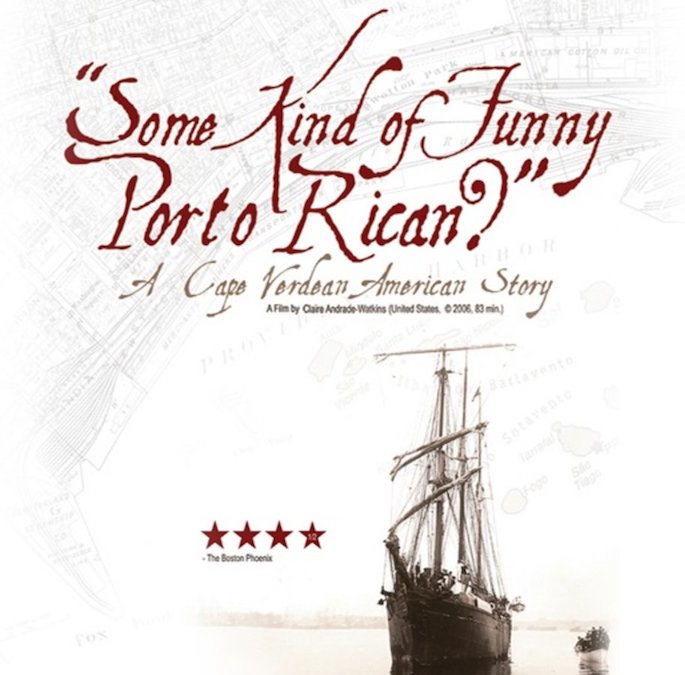
Stephanie Stender interviews director Claire Andrade-Watkins about her documentary Some Kind of Funny Porto Rican?”: A Cape Verdean American Story and its continuing legacy 13 years after its release.
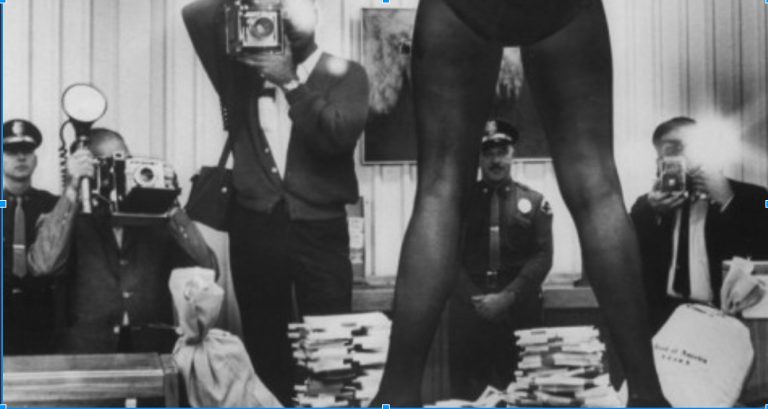
In this final installment of Bette, Marilyn, and #MeToo, Kerry McElroy brings her timely and informative series to a close. But not before considering what today’s feminists and Hollywood insiders have to say about the relevance of studio-era actresses on this contemporary moment.
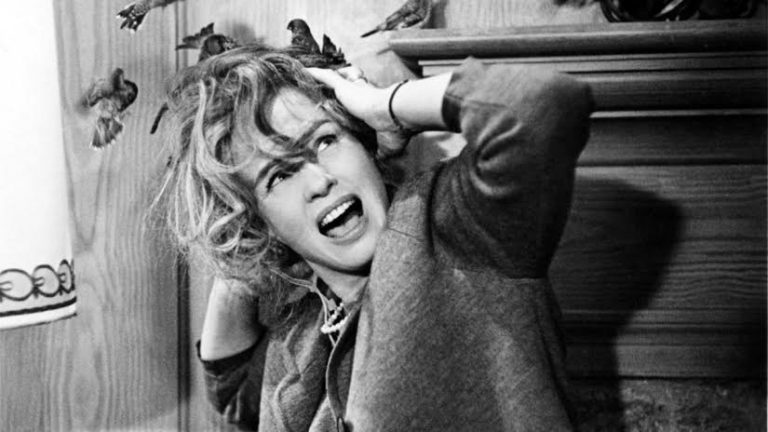
As the world opened up to women’s liberation, civil rights, and new social movements, Hollywood of the 1960s doubled down on the exploitative practices that had made the industry so harmful to women. In this sixth series installment, Kerry McElroy argues that the sexual revolution stirring the larger culture, epitomized in the rise of Hugh Hefner, fanned the flames of an already misogynist, violent industry culture. As seen through the lives of Tippi Hedren and Marilyn Monroe, this article shows that the commodification of women only increased, even as the old studio system was dying. Few stars experienced the exception; read on about a compelling example: Elizabeth Taylor.

The 1950s was era of bigger stars, bigger budgets, and bigger bombshells. At same time, the studio system was weakening in the wake of television and a fearless and libelous emerging tabloid press. In this fifth series installment, Kerry McElroy examines the supreme pop cultural star of the twentieth century, Marilyn Monroe. Examined, in her own words and in new ways, McElroy’s Monroe is a kind of economic sociologist, a surprising forerunner of the #MeToo movement, and a forgotten proponent of social justice. Finally, McElroy considers another marquee court case, one in which star actresses fought back against the tabloids with bravery.
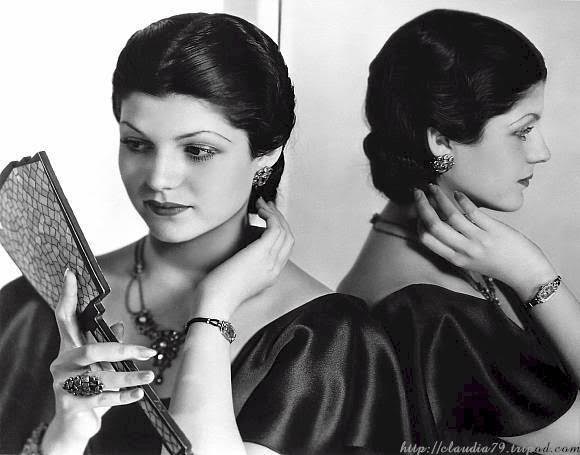
In the 1940s, two female intellectuals, coming from very different positions, began to theorize gender and economy in studio Hollywood. In this fourth series installment, Kerry McElroy delves into the changing and ironic state of affairs for actresses in the 1940s— unexpected autonomy and worsening exploitation. Food restriction, forced cosmetic surgery, suspensions, and poverty were largely the order of the tyrannical day. McElroy also looks at the last living Golden-Age star, Olivia de Havilland, and her landmark 1943 court case on contracts and suspensions.

The 1930’s saw the studio system in peak Fordist condition, especially in terms of its financial and bodily control over women. “Glamour” was the disciplinary strategy of the day, and the most famous women stars of the twentieth century learned to negotiate it in new ways. In this third series installment, Kerry McElroy looks at race, queerness, and economic disadvantage in Depression-era Hollywood. Women like Mae West created new channels of power, attaining international stardom and unfathomable wealth in the process. Bette Davis, on the other hand, brought forth a watershed court case for actors’ rights, and demonstrated just how much the industry feared political agitation and class consciousness.

After a halcyon decade of growth and promise for women in Hollywood, patriarchal, hyper-capitalism closed like a vise around the industry. With this second series installment, Kerry McElroy explores Los Angeles in the 1920s. Women migrating west in large numbers represented an exciting cultural phenomenon but also a social problem that needed to be regulated. Just as the “casting couch” was becoming an entrenched industrial practice, a notorious rape trial shocked the industry and re-victimized women. In the midst of these grim developments, a few actresses did manage to become global, superstars, amassing real wealth.
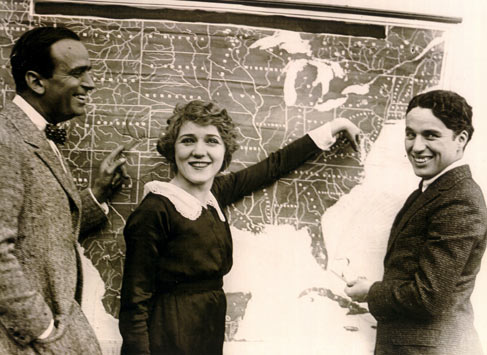
To understand the current #MeToo/Time’s Up moment, we must reckon with a century of Hollywood’s mistreatment of women. With this first series installment, Kerry McElroy takes us back to the industry’s earliest decade in Los Angeles. This was a time of surprising feminine power. Cinema emerged alongside the New Woman, utopian promises of California, the stunt queen, and global female celebrity. It took time for capitalist forces to reassert a gendered order.